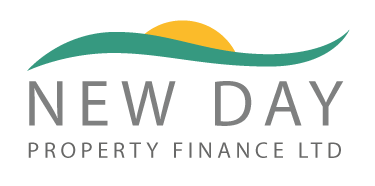Refurbishment bridging loans are becoming more and more popular. Buying a property that needs work or has an opportunity to maximise its potential can provide huge rewards. The range can be vast, from a quick lick of paint, to large scale extensions and conversions.
Short of formal development finance, these can still be arranged to provide staged or tranched drawdowns as the project progresses.
For more details and examples, please click here.
Looking to buy your dream house, but stuck in a chain and the delay is threatening the purchase? If you have plenty of equity in your current home, you could potentially use this to complete the purchase, and repay the loan once you have sold.
This is often a regulated loan as the loan is usually secured against a property you currently live in as well as a property you intend to live in. This means advice is required by a CeMAP qualified person.
If your existing development finance is expensive or coming to its end and your project is complete, or nearing completion, a development exit bridge can provide you with the additional time to sell or refinance onto a longer term solution. It could help you to avoid expensive extension or even default fees if not acted on.
For more details and examples, please click here.
Frequently Asked Questions
There are around 200 different bridging lenders out there. Understanding your needs and lender appetite is fundamental to making sure you secure that funding.
NDPF has experience within specialist lenders so we understand the credit process. It is vitally important to make sure your requirement is presented in the right way to the right lender.
Rates are usually provided as monthly due to the short term nature of a bridging loan. These can range from 0.55%/mth depending on many factors like Loan to Value (LTV), type of asset, experience and background of the borrower. There is a fairly industry standard facility fee of 2%, but also large variations in additional admin fees, some do not have any. You are likely to also need to pay for a valuation, a solicitor to act on your behalf as well as pay for the lender’s legal fees. You can sometimes use the lender’s solicitor to also work for you (this is call dual representation).
It is important to work with a broker who understands all of these options and can talk them through with you.
There is usually a lender out there for most property types including:
- Residential houses/flats
- HMO’s (Houses of multiple occupation)
- MUFB’s (Mutli-unit freehold blocks)
- Mixed-use buildings – e.g. Ground floor retail with flats above
- Commercial buildings – Retail, offices, warehouses etc.
- Land – Usually with planning for development, pre-planning can be considered.
Bridging finance can be provided up to a specific loan to value (LTV) which is set for a specific term.
The interest is quoted monthly and is typically rolled up or deducted from the ‘gross’ loan advance. The maximum LTV is what the loan will be at the ‘end’ of the term, not the beginning.
It is possible to service the interest on a monthly basis, but proof of how payments can be made will be required.
Most bridging loans do not have any exit fees (except some heavy refurbishment loans). You will also receive back any interest that has been paid in advance that is not used. There may be a nominal admin fee.
Bridging finance can be obtained very quickly, potentially in a few days. However, it is important to understand if this is essential as it can come at a cost. Most lenders will still have a typical mortgage process to go through, including valuation and conveyancing. This will be quicker than mainstream mortgages but can still take 4-6 weeks. This process can be sped up if there is already a valuation report completed, some lenders will even accept a desktop valuation (AVM). It is also very important to have a solicitor working for you that deals with bridging loans all the time. Your usual conveyancer may not be appropriate. You can sometimes use the lender’s solicitor to act for you as well.
